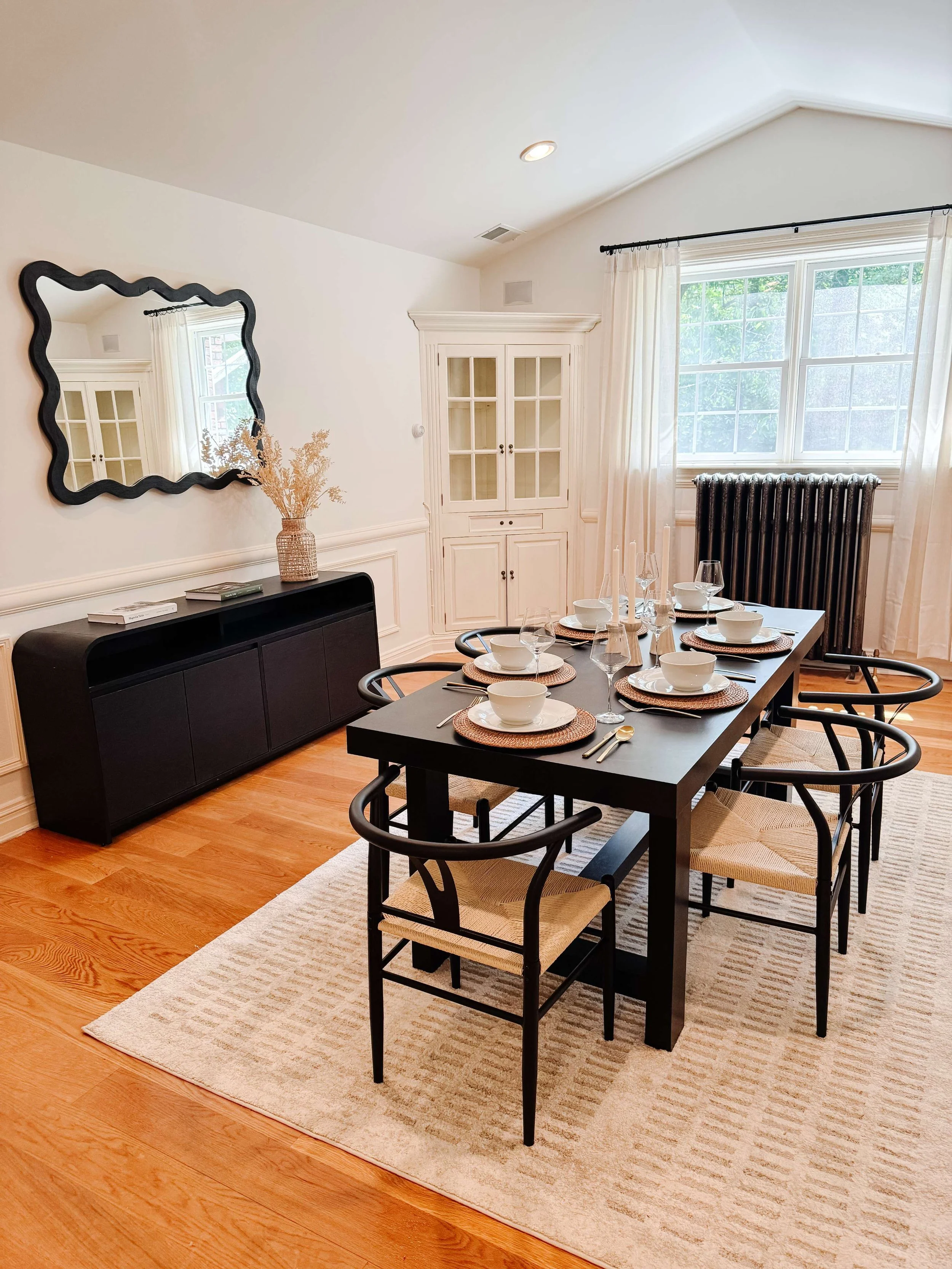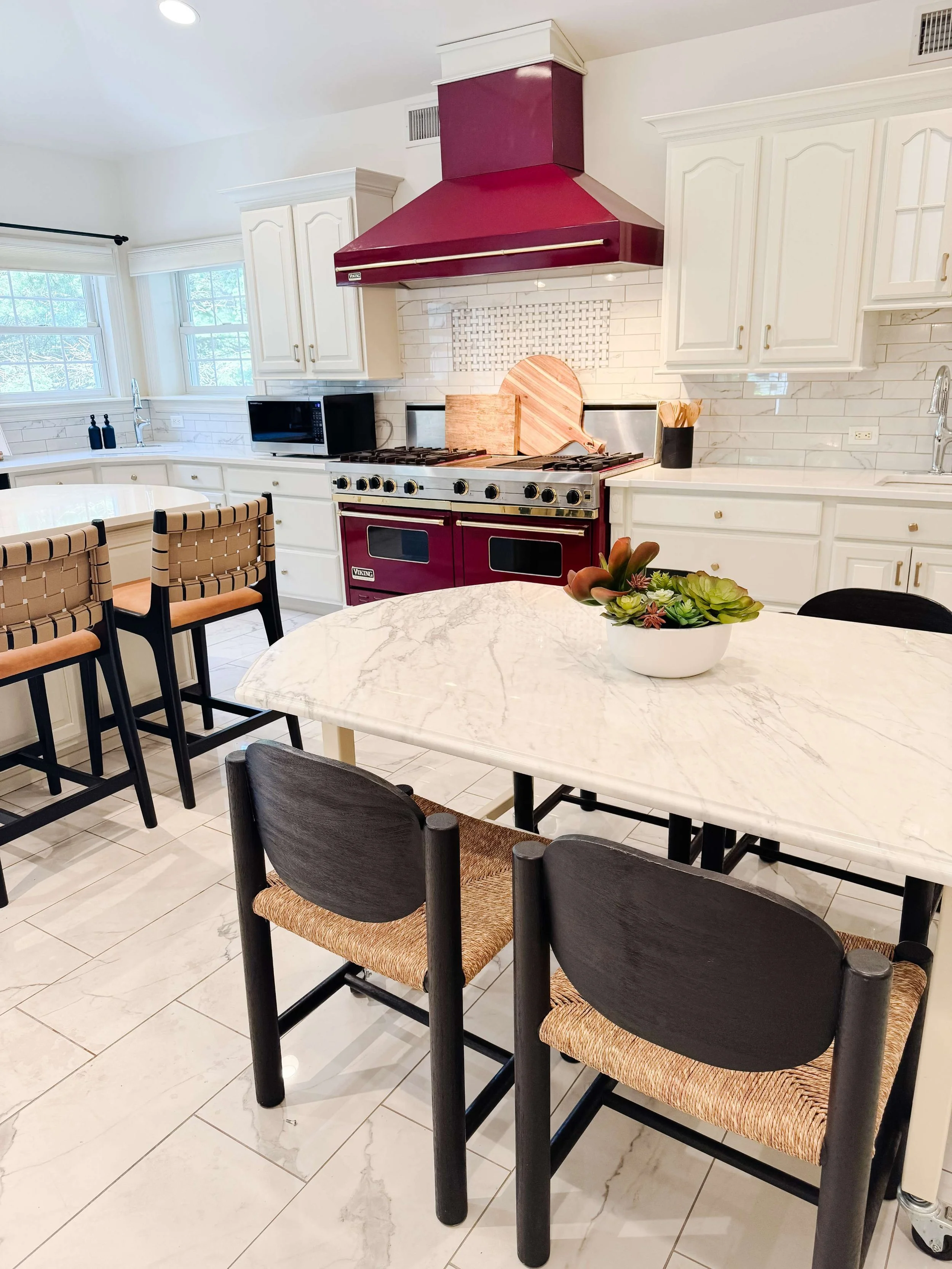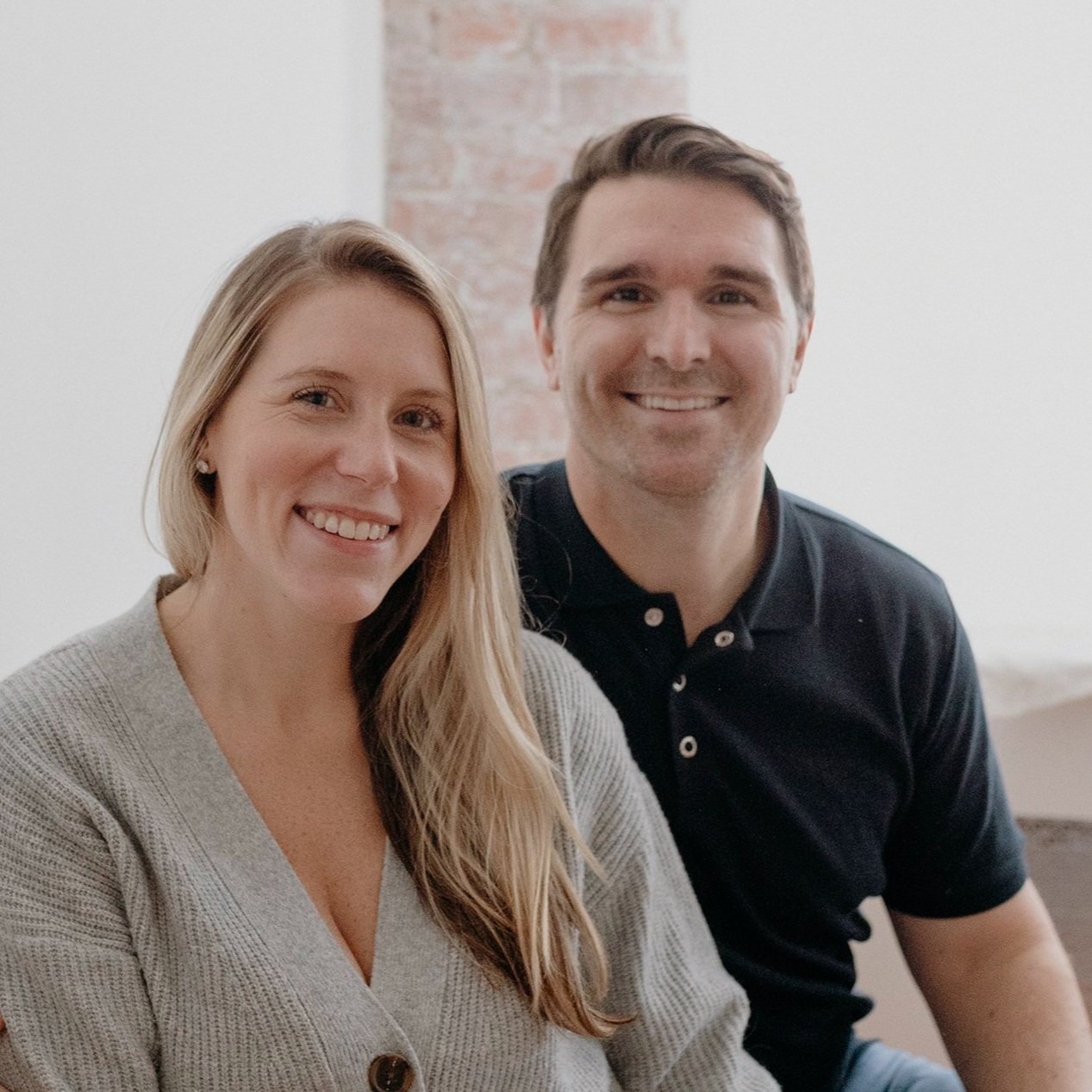Why Staging Works Better Than a Price Drop
When a home sits unsold, most sellers reach for the easiest lever: cut the price. It feels like the fastest way to shake the tree, but it permanently resets how the market perceives the property. Once you cut the price, you can’t retract and every future buyer sees that reduction and it reads as a signal that the house is less desirable. Yikes. Dropping price tells the market you couldn’t get what you asked for.
Staging creates the opposite outcome.
Staging tells the market this home is worth what you’re asking. On average, staged homes sell 20% faster and for 5–15% more than unstaged homes. That gap is the difference between losing $25k in a price cut or gaining $40k in a bidding war. The home looks move-in ready, buyers start imagining themselves inside, and the perceived value rises almost instantly.
In practice, this means stronger offers, faster closings, and more money left in the seller’s pocket.
The Real Reason Houses Don’t Sell
When a house sits on the market, most sellers blame price. The agent told them $950k was ambitious, they listed anyway, and now it’s day 45 with no offers. The knee-jerk reaction? Cut the price. Drop it $25k. Try again.
The buyers don’t just see the new number. They see the story behind the number and they think “nobody else wanted this house at $950k… something must be wrong” or ”Maybe I’ll wait for another drop. Maybe I’ll write an $875k offer and see if they bite.”
Once the price is cut, the power shifts from seller to buyer.
What really keeps homes from selling is not always price, but presentation.
A $950k home presented like a $750k home will not sell. A $950k home staged and photographed like a million-dollar home will.
Think about how buyers actually shop. They’re on Zillow, Redfin, or Realtor.com swiping fast. They’re not running comps. They’re looking at photos and asking themselves two subconscious questions:
Do I want to live here?
Does this look worth the asking price?
An empty room with beige walls answers neither. A cluttered lived-in room with kids’ art and laundry baskets makes the house feel small and stressful. A staged room answers both. Neutral walls, clean furniture, balanced layout and suddenly a potential buyer can picture their life inside.
The gap isn’t in square footage, but in the perception. Pricing sets the number and presentation sets the story buyers believe about that number.
What Buyers Actually See Online
The first showing isn’t the Sunday open house, it’s the online listing. 97% percent of buyers start their search on the internet. If the photos don’t grab them, they never book a showing.
Scroll through listings and you’ll see why. An empty dining room looks cold and buyers tilt their heads at the photo thinking “Is that room even big enough for a table? Hard to tell. Skip.”
What’s almost worse is a too lived-in dining room. Family photos on the wall, mismatched furniture, bright paint colors that is slightly chipped. That type of dining room makes buyer thinks: “That’s a lot of repainting and does it even have space for the dining set I want? It looks cramped. Next.”
Now compare a staged dining room. Neutral walls, clean table set for six, lighting adjusted to make the space glow. The same buyer reacts differently: “I can see us hosting Thanksgiving here. Let’s call the agent and have a look.”
It’s not theory. Data from the National Association of Realtors shows staged homes generate more buyer interest online and lead to more in-person showings. The more showings, the faster the offers come to fruition.
Without staging, the photographer can only capture square footage and have nothing to frame a visual story to sell the house. With staging, the photographer sells lifestyle. Buyers don’t fall in love with dimensions. They fall in love with possibility.
The Math and the Psychology Behind Price Cuts vs Staging
Sellers love to ask, “Why spend $10k on staging when I can just lower the price $25k and be done with it?” The answer is math and psychology.
Math:
Staging usually costs 1–2% of list price.
On a $750k home, that’s $7,500–$15,000.
A price cut is often $25,000–$50,000. Once you cut, it’s gone forever. Staging not only costs less, it often produces a return 5–15% higher sale price.
On that $750k home, that’s $37k–$112k more.
Psychology:
Price cuts read as weakness. Buyers think: “Nobody else wanted it. Let’s offer less.”
Staging reads as strength. Buyers think: “This home looks like a good value. If we want it, we need to move fast.”
Price cuts shrink offers. Staging multiplies them.
A Real Life Example of Our Staging
On paper, the house was solid; renovated floors, fresh paint, a clean flip. Vacant, it didn’t connect. The bay window made the living room feel awkward, an extra room felt like wasted space because it was too small to function as a bedroom, and buyers found themselves staring at details like floor transitions and trim.
Instead of picturing life in the house, buyers picked it apart.
Once we staged it, everything shifted.
The bay window turned into a cozy reading nook, the odd extra room became a functional home office, and the furniture gave each space scale and purpose. Instead of asking “What’s wrong with this house?” Buyers started asking “How much time do we have to make an offer?”
The owner even told us that one buyer walked in and asked if they could purchase the furniture with the property.
Same square footage, same finishes, same renovation budget. The only difference was staging and staging turned a nice but forgettable flip into a home that sold fast.
Inside the Buyer’s Head at a Showing
Walk through a staged living room with a couple.
One says: “Couch here, TV there. Great for Sunday football.”
The other says: “Dining room fits eight. Perfect for when our friends come over.”
Their conversation moves toward ownership.
Walk through the same room unstaged.
One says: “Where would the couch go? This feels small.”
The other frowns: “It’s kind of awkward. Maybe that’s why it hasn’t sold.”
Their conversation moves toward hesitation.
That’s the invisible ROI of staging: the conversations buyers have with each other in real time. Instead of debating flaws, they’re imagining their life. Instead of asking what’s wrong, they’re asking how to write a competitive offer.
Then there’s the conversation about time. The longer a home sits, the more suspicion grows. Buyers are trained to treat “days on market” as a red flag. A home at 45 days feels stale, even if nothing is wrong. They assume it’s overpriced or flawed. Staging compresses that timeline. According to the National Association of Realtors, nearly half of sellers’ agents said staging reduced the time a home spent on the market. Every week shaved off means less money wasted on mortgage, taxes, insurance, and utilities, and less stress hanging over the sale.”
Cutting Price Erases Value. Staging Creates Value.
Every listing only launches once. If it launches poorly, the market labels it and buyers assume problems. Staging ensures that launch is premium. Buyers see value from day one. They don’t wonder what’s wrong. They imagine what’s next.
Skipping staging isn’t saving. It’s burning money.
There are three situations where staging is NECESSARY:
Vacant flips. Empty homes make buyers doubt size and flow.
Mid-to high-end homes. Buyers paying $1M+ expect premium presentation. Anything less feels mismatched.
Stale listings. Once a home has sat 30+ days, staging plus fresh photos can reset momentum.
That’s why We’ve built Design That Sells. It’s a staging system designed to eliminate stalls, frame properties from their absolut best side, and deliver higher, faster offers. The service includes layout planning, neutral styling, full install. The outcome is consistent: stronger perception, stronger offers, stronger closings.
Launch your listing the way buyers want to see it: polished, aspirational, and worth full asking price.
Frequently Asked Questions
-
Yes. According to the National Association of Realtors’ Profile of Home Staging, nearly half of sellers’ agents said staging reduced the time a home spent on the market. Less time on market means fewer carrying costs and stronger buyer urgency.
-
Professional staging usually runs 1–2% of the list price. A price reduction often starts at $25k–$50k, depending on the market. One is an investment that often produces a 5–15% higher sale price. The other is money you never get back.
-
Yes. Even when demand is high, staged homes command higher offers and attract more competition. Staging shifts a home from “just another listing” to a “must-have property,” which can trigger bidding wars.
-
Living rooms, kitchens, primary bedrooms, and dining areas are non-negotiable. These are the spaces buyers emotionally connect with first. If budget is limited, prioritize these rooms over secondary spaces.
-
Renovations fix the bones. Staging sells the lifestyle. A brand-new kitchen still looks sterile when it’s empty. Staging adds scale, warmth, and context that help buyers imagine themselves actually living in the space.
-
You can, but you’ll lose leverage. A price cut tells buyers you’re struggling. Staging tells buyers the home is worth what they’re asking. The difference is tens of thousands of dollars in final sale price.
We’re Pete & Georgie - The Founders of Block & Barker
With 8+ years of experience and a portfolio of 20+ properties, we’ve learned what works (and what doesn’t) in Short-Term Rental Management,. On this blog, we share our tried and tested insider strategies, and real lessons from running successful rentals—so whether you're just starting out or looking to optimize, you’ll find plenty of value here. Our goal is to help you maximize your earnings, streamline your operations, and build a standout short-term rental business.










